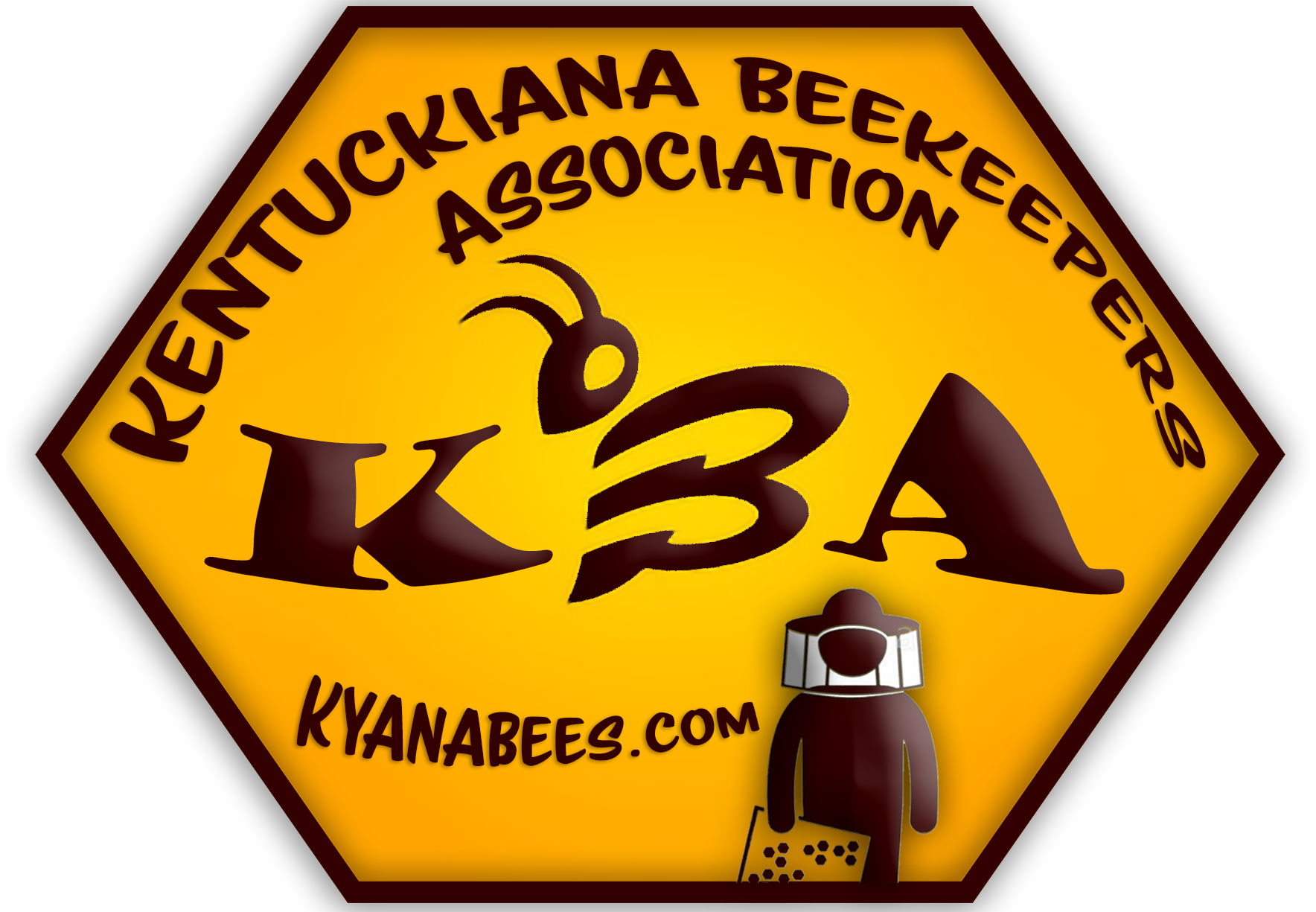April Bee Calendar - What's Happening Inside the Hive
What’s Happening Inside The Hive?
By April, the bees have made it over the hump. The problems they faced in March have not completely disappeared, but a healthy hive needs only a little nurturing now. Brood rearing should really increase through this month. If it does not, your hive has serious problems. As the warmer weather comes, look for many bees returning with pollen loads. The stronger hives will have a significant amount of drone brood in preparation for the mating season.
Beekeeper Chores
In particular, keep an eye on the 5-day weather forecasts. A week of cold rain could really hurt the brood rearing. Feed the bees if you see this coming and the hive does not have at least a frame or two of stored honey. Add a second deep hive body when the brood, pollen and honey have nearly filled the first body. This extra space will help reduce swarming. The loss of productive bees in a swarm is your main threat in late spring.
Remove the tracheal mite treatments. Problems with tracheal mites can continue even if you did put the treatments on in March. But as long as the hive is rearing brood, healthy bees will be replacing those with tracheal mites. Remove the varroa mite treatments according to when they were installed in February or March.
Treat your hive with terramycin to prevent American foulbrood (AFB) disease. This is especially important if you have had problems with AFB in recent years or have purchased used equipment. Be sure this treatment is completed before you put honey supers on your hives.
This is a good month to requeen your hive, if the queen you have now is weak or is at least two years old. If your queen is only a year old, watch the brood pattern develop through the spring months. If the amount of brood is considerably less than it was last year at this time, think about possible causes : mites, nosema or bad weather. If you can rule out these causes, look closely at the queen. Is she long and fat, or about as small as the worker bees? A good queen will be considerably longer than a worker bee once she has started to lay eggs. Does she move all of her legs normally as she walks across the comb? An injured queen must be replaced. If she is shiny, small and “bald” she has been attacked by the workers who have chewed the hair from her. Such a queen must be replaced as soon as possible.
Observations and Ideas
If you are pollinating strawberries, pears, cherries or apples in April, a strong hive is much better than a weak one. Remember that bees collect pollen for brood rearing. A hive with four or five frames of uncapped brood will need (and collect) much more pollen than a weak hive with only one frame of brood. The pollen foragers are the ones that are best at transferring the pollen from one blossom to another — the essence of pollination.
Source: http://www.ksbabeekeeping.org/wp-content/uploads/2015/11/beecalendar.pdf







